"That's So Meta": Scream (1996), the Self-Aware Slasher Film
Over 25 years after the release of Wes Craven's seminal masterpiece, there's yet to be a smarter, more complex, and more entertaining contribution to the subgenre
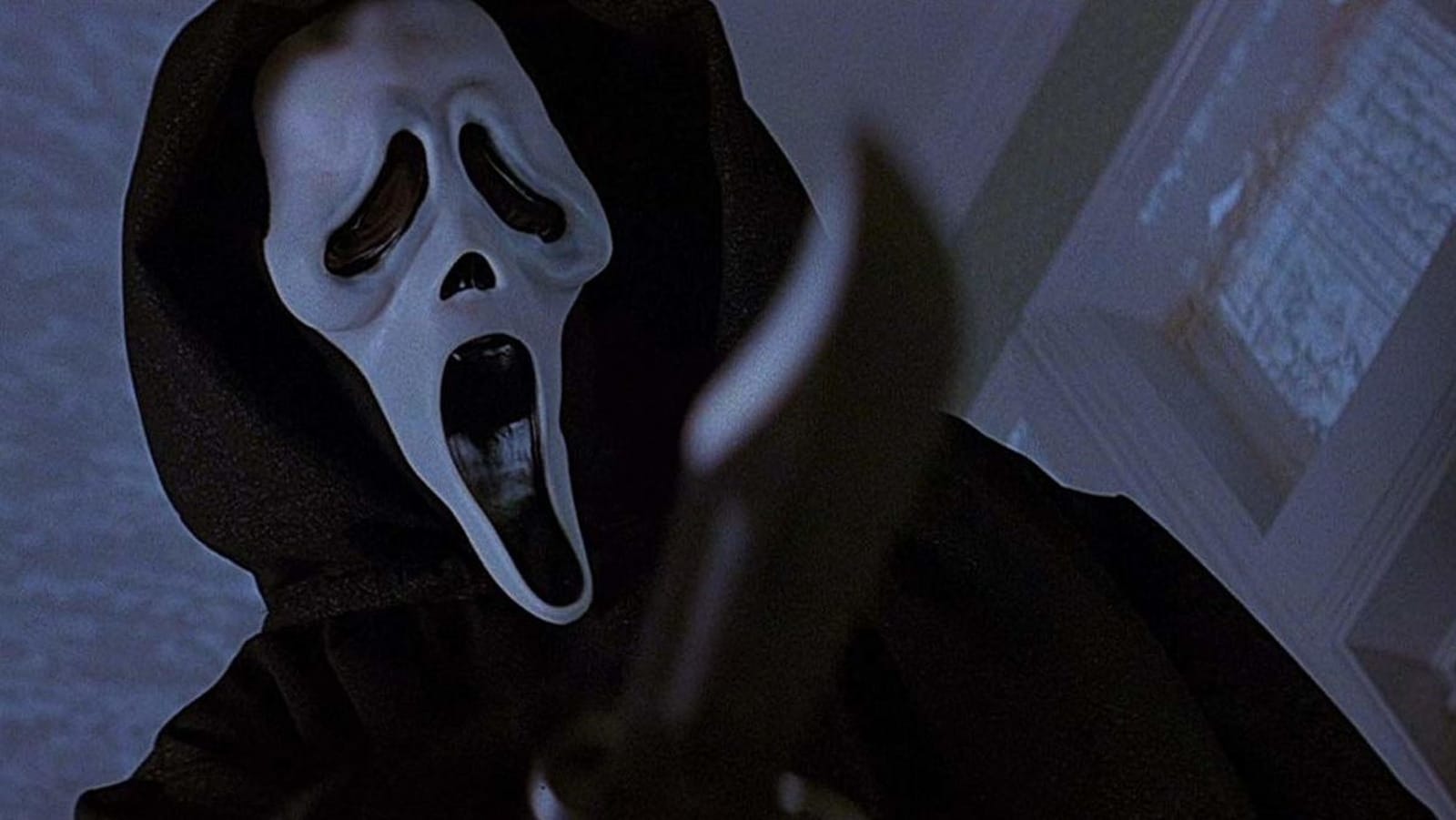
For a genre that doesn't receive the widespread acclaim and praise from critics and scholars that it deserves, the horror genre is a diverse one that carries plenty of appeal and applause from general audiences and everyday viewers, and for good reason. Horror offers an array of subjects in regards to analysis, from the artistic and aesthetic integrity of practical visual effects and makeup to the unique plot tropes and conventions of the genre. With the horror genre being over a century old, it's safe to say that there are several periods and phases both creatively and aesthetically, with each one having their own merit of importance to the genre due to their contribution in enhancing horror’s appeal and potential, having broadened the horizons through the eventual creation of subgenres — some examples include the monster films created and popularized by Universal Studios in the 1930s and 40s, the crossover with science fiction and post-war anxieties in the 1950s, the slow-burning emphasis on suspense in the 1960s, and the effects extravaganzas of the 1980s.
One subgenre that has become a mainstay in horror cinema is the slasher film, a movie that involves a person or entity that pursues and murders a group of people, either with a weapon like a knife or axe, or simply with their bare hands. As popular as the slasher subgenre has become, the lines are a little blurred when it comes to how the classification began. The dispute in origin is because people cannot seem to decide on the film that began the movement. Peeping Tom and Psycho, two films from the year 1960, are both credited for inspiring the slasher film and certainly contain elements of the subgenre, but it is also popularly argued that the first full-on slasher film didn't come until 1974, with Bob Clark’s Black Christmas. Regardless, it didn't take long for the slasher film to catch on and resonate with horror fans and common moviegoers, with eventual successes Halloween (1978) and Friday the 13th (1980), with the subgenre eventually cultivating its own consistencies. However, as the slasher film became more formulaic in the following years, it became common to poke fun at these movies instead of feeling scared from them. It wasn't until 1996 that one film found a way to make audiences feel both sides of the spectrum, with the release of Wes Craven’s Scream. By adopting a metatextual and self-aware approach, Scream reinvented the slasher film by subverting common tropes and expectations of the subgenre, along with enhancing the viewing experience of its audience through the referential and allusive mentioning of its cinematic predecessors.
Scream was released domestically on December 20th, 1996 under Dimension Films. This distributor was an extension of the Miramax company, owned by Bob and Harvey Weinstein at the time. Miramax was one of the most dominant entities in the realm of independent cinema in the 80s and early 90s, starting off as a distribution company and eventually exploring production in the 90s. It was the films distributed by Miramax that helped tighten the gap between indie films and big studio productions, because indie Miramax films began to have similar box office results as the company progressed and became more successful. The company helped independent productions get more attention and respect, with some even going as far as to receive Academy Award nominations. In the early 90s, Miramax founded Dimension Films, a studio specifically meant to produce and distribute genre films, particularly horror and science fiction. After some financial troubles, Miramax and Dimension would eventually “go mainstream” in 1993 when they were acquired by the Walt Disney Company. Dimension was still the horror and sci-fi studio/distributor, with Scream being one of their biggest successes. It can be argued that being produced under a company such as Miramax and Dimension Films was a tremendous asset for the film, given their independent background. Though Disney had acquired them by this point, this was very early on in their mergence and the companies still retained some sense of their indie roots with the films they made at this time, and it wasn't like they were making family-friendly horror films just because they were under Disney. They appeared to still have their own control of the films they produced, and they were still willing to take risks that major studios like Universal and Paramount wouldn't have been willing to make, which allowed Scream to be its own original thing instead of another rehashing of the same story under a different title.
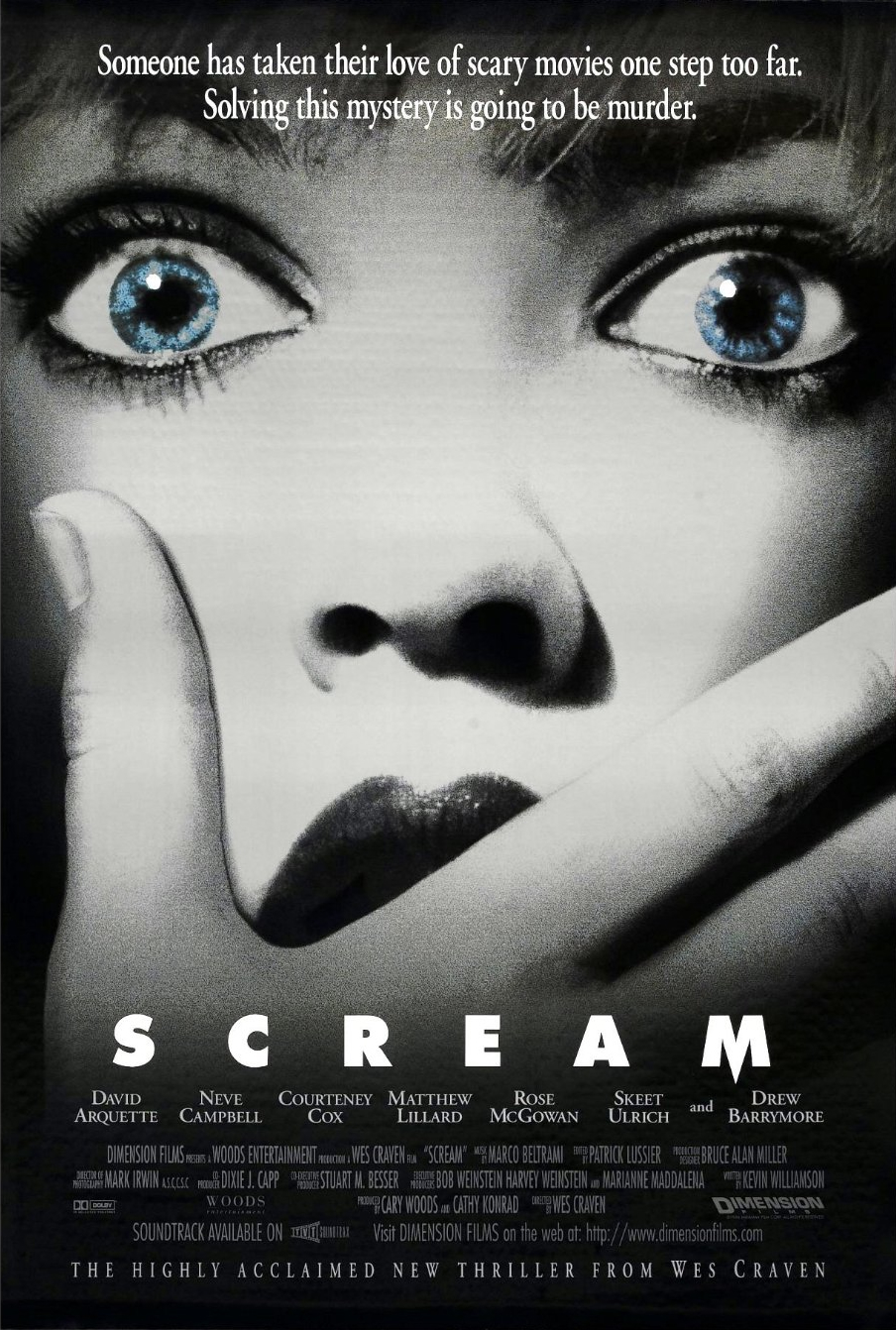
To this day, when it comes to the horror genre and other niche subjects, big studios seem to lean towards what's popular and familiar most of the time instead of taking risks on something new and fresh out of fear of losing out on their investment by the film being unsuccessful. This seemed to happen in the 90s with slashers before Scream was released. The slasher film was beginning to become stale at this time because it felt like the same film was being made over and over again. In the late 80s and early 90s, instead of having more original slashers come into the fold, the studios decided to stay in familiar territory, with films like Halloween and A Nightmare on Elm Street (1984) becoming franchises and receiving reams of sequels after the successes of their initial installments. These kinds of continuations made these series feel watered down and diminished with each successive sequel, along with making the slasher film as a whole feel more predictable. These sequels were often ridiculed and scoffed at because, along with the predictability factor, audiences felt that the films have become so absurd that they had become almost laughable. However, because they did well at the box office, these sequels took over the slasher market, leaving little room for anything new and original to come to the masses until Wes Craven capitalized on how laughable and formulaic the subgenre had become.
Though the slasher film was familiar territory, Scream was a one-of-a-kind film because of how self-aware and referential the plot was. The referentiality allowed the film to acknowledge and alter the qualities and expectations that previous slasher films had set, which in turn made the events of Scream that much more unpredictable. In the book Style and Form in the Hollywood Slasher Film, author Fran Pheasant-Kelly states, “while the use of intertextuality reflects an already firmly established postmodern trope, it occurs to such an extent in Scream that it becomes the film’s text.” In other words, Scream separates itself from the pack by embracing the monotony that the subgenre began to possess, which allows it to take liberties with the rules that previous films had laid out by that time. Those tropes become the film’s identity in a way, because the act of calling them out and playing with those expectations is so crucial to the film’s plot and the audience’s viewing experience. Because the film alters some of the genre’s commonalities, the audience then doesn't know what to expect, making the kill scenes more effective when they happen because they come as a surprise. Scream doesn't rely on loud noises or jump scares to frighten its audience; instead, the killer engages in a bit of a cat-and-mouse act with their victim, setting things up in a suspenseful manner instead of having the killer mindlessly running around with a weapon in hand from the start. Because of this, Scream made the slasher film scary again, keeping viewers on their toes instead of allowing them to get comfortable and laugh ironically at the film.
That being said, while there are some brutal sequences throughout the film, Scream does contain a number of humorous scenes. A good deal of it may stem from Deputy Dewey Riley’s character (played by David Arquette), but most of the humor comes from the self-aware nature of the film. The movie often makes fun of itself and pokes fun at the genre it's immersed in in a very satirical fashion. Certain one-liners or scenes where this takes place can come off as funny and amusing, such as the scene in the video store where people are anxiously raising suspicions about the killer and their identity. Unlike the sequels of previous slasher franchises that were being released around this time, this kind of humor doesn't arrive at the expense of the horror of the film and the violence of the death scenes. Wes Craven keeps the audience guessing, which raises the suspense level and makes the scary scenes scarier — conversely, he's also able to make the viewers laugh, giving them a reason to by poking fun at the genre, instead of having them laugh by poking fun at his film.
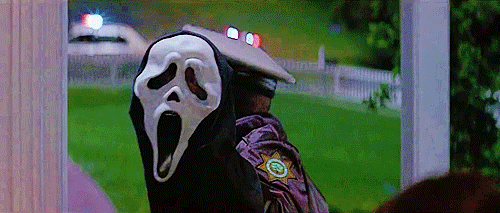
One of the biggest examples of Scream’s metatextuality stems from the characters themselves. The characters take control of the film because they're aware and understand the circumstances of the movie. Randy Meeks (played by Jamie Kennedy) is basically the personification of the film’s self-awareness. As a horror expert, Randy often explains what point in the movie the characters are in as the film progresses, gives reasons for how someone could predict the identity of the killer, and, perhaps most importantly, establishes the rules of how to survive a horror movie. When on screen, he acts more-or-less as a guide for the characters and the audience, providing expository information that the viewer may even be thinking to themselves as they’re watching the film. In all honesty, the film probably wouldn't be as effective with its self-referential nature if Randy wasn't a character in the movie’s world, because he's able to externalize the subliminal cues and bring certain common expectations of the horror genre to the audience’s attention in the event that they didn't pick up on those elements on their own or aren't as aware of the genre to understand what kind of games the film is playing with the genre’s conventions.
One of the most important characters in any slasher film is the feminine protagonist, often referred to as the ‘Final Girl.’ The term ‘Final Girl’ was coined by author and film scholar Carol Clover in 1992. She first uses the term in her book Men, Women, and Chain Saws: Gender in the Modern Horror Film, with the definition and explanation of the role in the opening chapter, Her Body, Himself: Gender in the Slasher Film. The brief definition that Clover gives is, “she is abject terror personified... She alone looks death in the face; but she alone also finds the strength either to stay with the killer long enough to be rescued (ending A) or to kill him herself (ending B). She is inevitably female.” Clover goes on to give some more defining characteristics, such as age (late teens, early 20s) and sexual abstinence, and she explains that they may even possess a couple of traditionally masculine qualities, like short hair. The Final Girl, according to Clover, also needs to be resourceful and aware of her surroundings enough to be able to defend herself. She's quite literally the last one standing, with her fate in her hands. Face to face with her attacker, she's the one who kills the killer amidst the corpses of her friends and family. Common examples of the ‘Final Girl’ in slasher films include Laurie Strode (played by Jamie Lee Curtis) in Halloween and Nancy Thompson (played by Heather Langenkamp) in A Nightmare on Elm Street. In Scream, the ‘Final Girl’ comes in the form of Sidney Prescott (played by Neve Campbell).
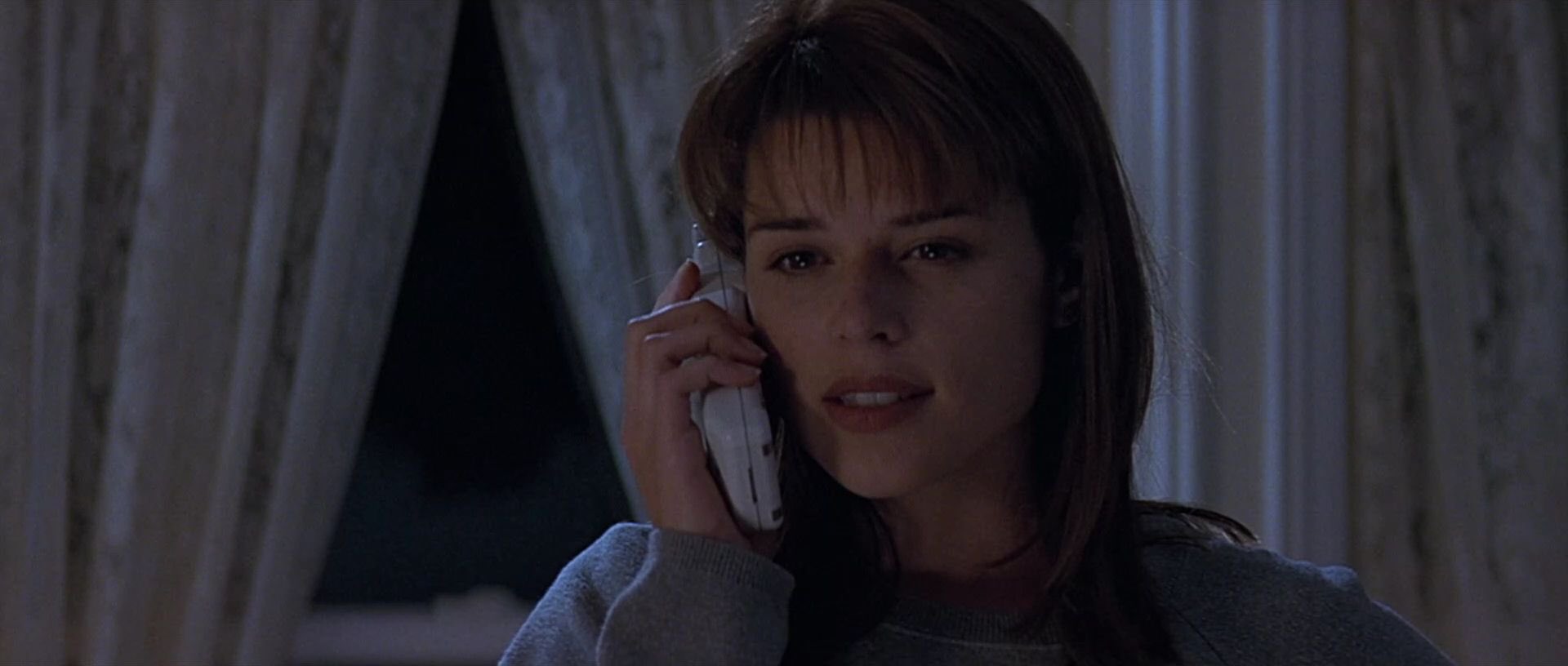
Sidney Prescott adheres to a few points of Clover’s previously stated criteria, such as her age, appearance, and resourcefulness, but she also deviates from the norm as the film progresses. The biggest example of this comes in the latter half of the film, where she loses her virginity to her boyfriend, Billy Loomis (played by Skeet Ulrich). Though the film does not make a spectacle of this occurrence, this is a big turning point of the film for a couple reasons. First, in the context of the film, it is a departure from Sidney’s hesitant attitude at the beginning of the film when Billy was trying to pressure her into taking their relationship to the next level. In the context of the genre and the character archetype, this is significant because engaging in sexual intercourse is a “big no-no” in the eyes of both Randy and Clover. By breaking this rule, Sidney takes control of her own fate, aware of the consequences but still unafraid of them. This subverts the expectations of the ‘Final Girl’ traditionally being a virgin, and allows the character to be more free-spirited and unrestrained from the confines of the trope.
Another integral part of any slasher film is, of course, the slasher, and there are a few unique characteristics to the killer in Scream. To start, there is more than one killer; they work together, and appear as one entity by donning a Ghostface costume, attacking people one at a time. There's also a mystery aspect that the film adopts, with the audience not knowing the identity of the killer until the very end of the film. This whodunit approach builds more suspense, because from the audience’s perspective, nobody in the film is safe because the killer could be anyone. This is also very unique for the subgenre because in previous films, the audience was always aware of who the killer was, and the killer was only one person or being, such as Michael Myers and Freddy Krueger. This makes the reveal at the end of the film that much more surprising, because the killers reveal themselves one at a time. When the characters think they're safe after evading one of them, they find themselves cornered by both killers in the blink of an eye, which comes to the surprise of them as well as the audience. They’re also two of the main characters in the film, instead of some stranger with a distant connection to the people they're pursuing or some sort of supernatural/superhuman entity looking for revenge. In an issue of the Journal of Popular Film and Television, contributor Valerie Wee states, “Scream’s villains are not misfits or outsiders, nor are they the uncharacterized monsters typical of earlier slasher films. Instead, the killers in Scream are seemingly normal, attractive, popular people, often ‘insiders,’ boyfriends or friends who initially appear harmless until they go on a killing spree.”
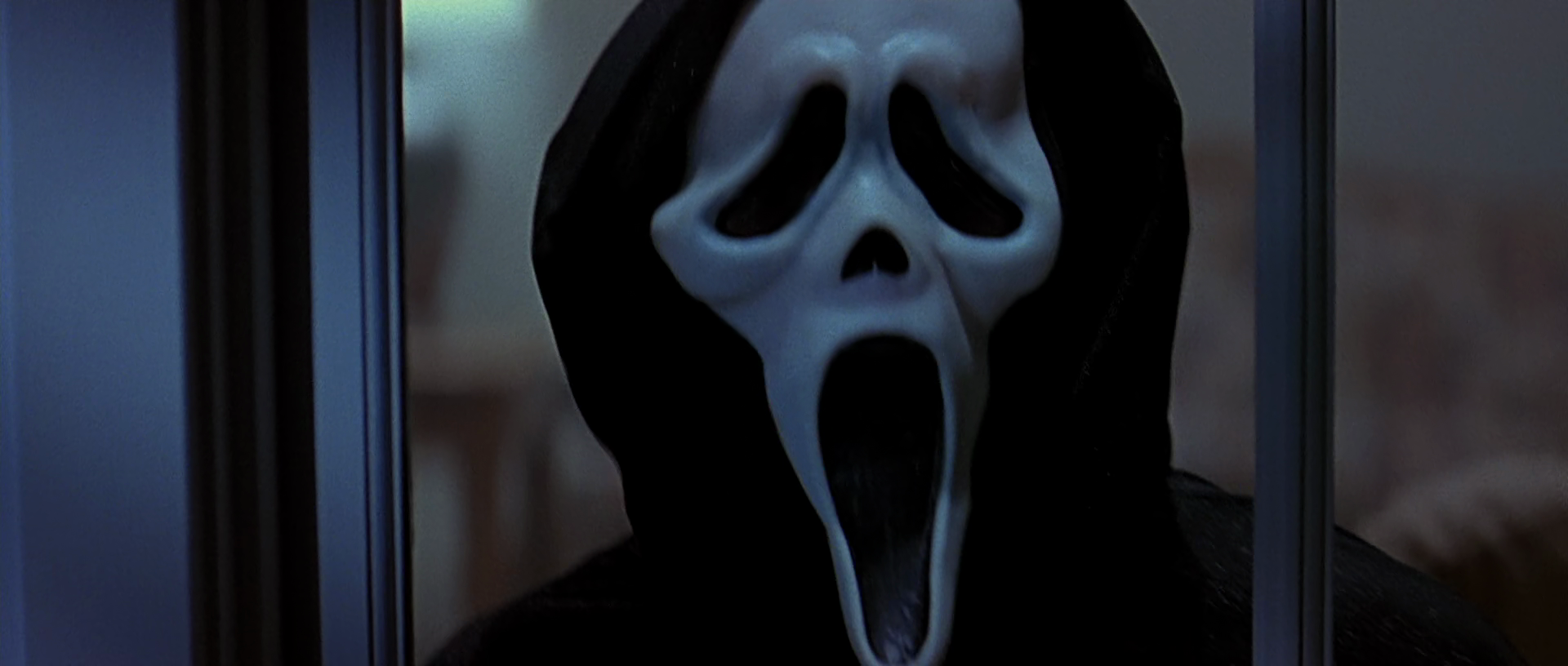
This brings another commonly known quality of the killer in a slasher film into question, which is their motive, or what made them want to kill in the first place. For example, in other films, the audience is aware that Freddy Krueger in A Nightmare on Elm Street takes revenge on the parents of Elm Street by haunting the dreams of their children and killing them in their sleep, and Jason Voorhees in the Friday the 13th series returns from the dead and kills Camp Crystal Lake campers because he drowned there as a child due to the negligence of the counselors. In Scream, however, just like the identity of the killer, the motive isn't clear until the very end. Billy Loomis even flips the figurative script by saying, “it’s a lot scarier when there’s no motive.” He eventually elaborates on what really made him snap, but this initial statement completely subverts the normal expectations of the genre and the audience, making the frightening factors that much more effective.
Speaking of the audience, Scream is a film that has the potential to appeal to all audiences. It’s a horror film with scary moments, but as previously stated, there are scenes meant for laughter as well. At its core, however, the film is a bit of a love letter to hardcore horror and slasher fans. Scream references several different films and directors, including John Carpenter and his film Halloween. To name just a couple examples, Halloween is seen playing on a television set during a party, and Billy’s last name is even named after Michael Myers’s psychiatrist, Samuel Loomis. Wes Craven also pokes fun at himself and his work too, most notably A Nightmare on Elm Street. Craven himself even appears in the film briefly as a school janitor, wearing a sweater similar to Freddy Krueger’s, and his character is even named Fred. The list goes on and on, and horror fans all over the world are able to pick up on even the most subtle references the film makes.
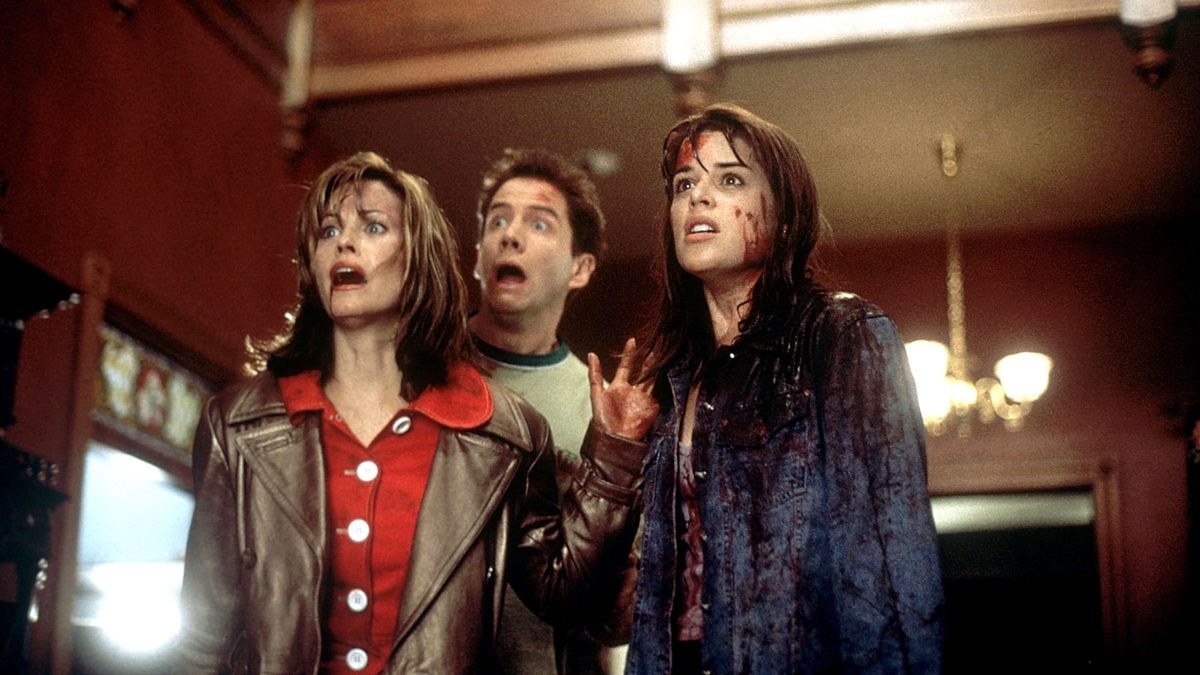
Scream appeals to those who don't watch horror films as well, because the whodunit nature of the film allows casual viewers to become educated and familiarized with the slasher genre. Along with Randy’s character explaining certain events, the mystery aspect helps lay out the general rules and expectations that the horror genre is known for for both its characters and its audience. If someone is unfamiliar with the usual tropes that come with a slasher film, then they might find themselves lost watching any other slasher movie. Scream informs and educates those viewers by plainly laying out said tropes in a satirical or self-referential sense, in large part through the use of dialogue, such as Randy’s explanatory monologues.
People that don't traditionally like slasher films in particular because they find the conventions to be a bit too trite or foolish may enjoy Scream, because Scream pokes fun at the same things that those viewers do. For example, screenwriter Kevin Williamson acknowledges how slasher sequels tend to get worse the more they get made, and he points out this awareness in the opening scene when Casey Becker (played by Drew Barrymore) is talking to the killer on the phone and starts talking about A Nightmare on Elm Street. After the killer said the film was scary, Becker responds by saying “the first one was, the rest of them sucked.” Sidney Prescott herself even makes fun of the slasher film formula, saying, “they’re all the same; some stupid killer stalking some big-breasted girl who can’t act who’s always running up the stairs when she should be going out the front door – it’s insulting.” Several critics have made similar statements, and to have a film in that genre air those same sentiments is a move that most filmmakers in the genre wouldn't have made.
Scream was such a success that it inspired a new wave of teen slashers, with instant successors such as I Know What You Did Last Summer (1997) and Urban Legend (1998) attempting to capitalize on what Scream started. At a time when the slasher film could've been on its last legs due to the endless cycle of sequels and continuations that only declined in quality, Wes Craven revived the subgenre with Scream, a film that flipped the slasher film on its axis by altering and subverting some of the most common tropes and conventions the genre had to offer. In turn, audiences were able to have an entertaining experience by feeling scared again while also being able to candidly erupt in laughter, thanks to Scream’s metatextual approach to the slasher film.
Thanks for reading! If you liked this article and want to keep up with more from me, feel free to subscribe

